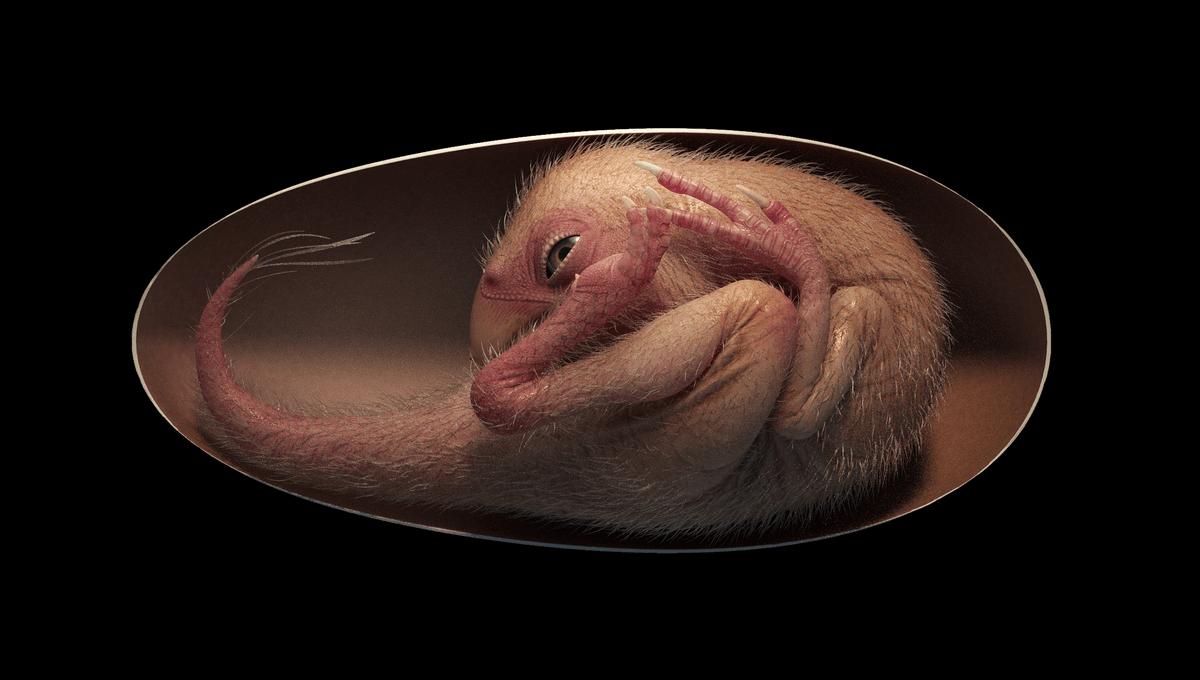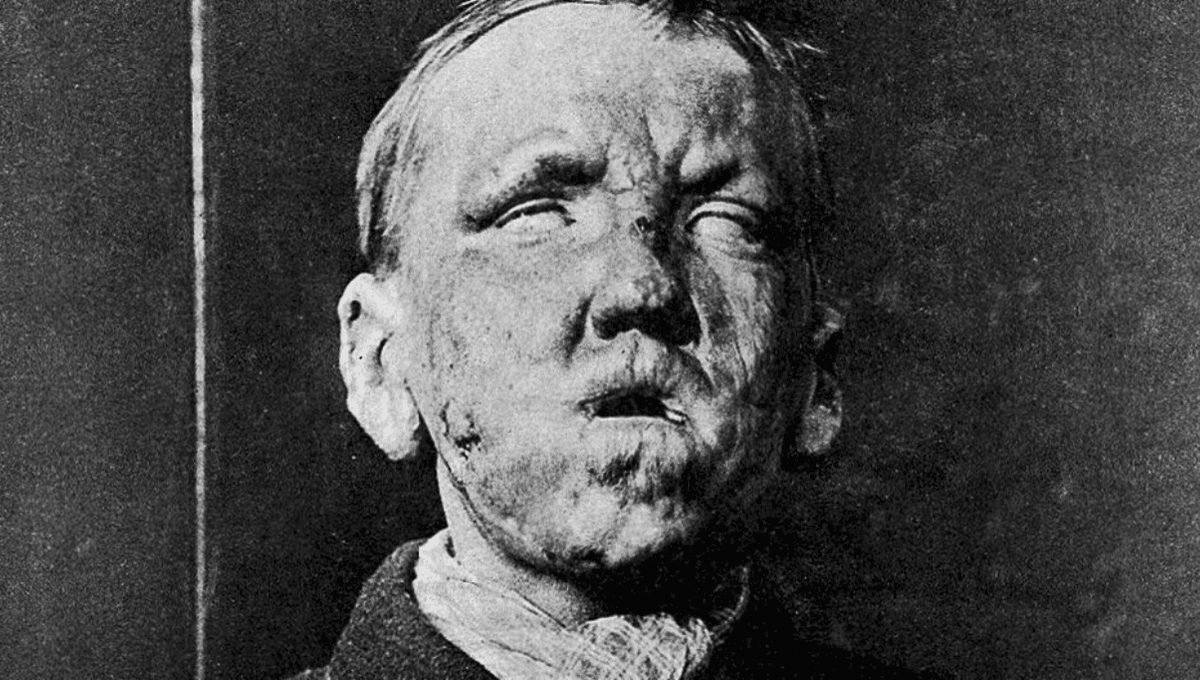Prepare to be amazed by the recent discovery of a dinosaur embryo that provides fascinating insights into the evolutionary origins of modern birds. Belonging to a group of feathered, toothless theropods known as oviraptorosaurs, this unhatched creature is estimated to be about 27 centimeters (10.6 inches) long. What sets it apart is its posture, which closely resembles that of present-day bird embryos just before hatching.
In a groundbreaking 2021 paper, the study authors reveal their findings about this remarkable specimen, affectionately nicknamed Baby Yingliang. They describe how it was found with its head tucked under its body, feet on either side, and back curled along the blunt pole of the egg. This posture, previously unseen in non-avian dinosaurs, bears a striking resemblance to late-stage modern bird embryos.

What makes this discovery even more intriguing is the significance of the tucking behavior. Modern birds engage in a series of maneuvers known as tucking shortly before hatching, which involves curving the body and bringing the head down under the wing. It is a vital part of the hatching process and increases the chances of survival. The fact that Baby Yingliang exhibits the same pose suggests that this behavior may have originated from the ancient theropod ancestors of birds.
Professor Steve Brusatte, one of the study authors, expressed his excitement about this finding, stating, “This little prenatal dinosaur looks just like a baby bird curled in its egg, which is yet more evidence that many features characteristic of today’s birds first evolved in their dinosaur ancestors.”
Baby Yingliang, housed at the Yingliang Stone Nature History Museum, is among the most complete dinosaur embryos ever discovered. However, due to its uniqueness, the study authors caution against drawing firm conclusions about dinosaur embryos based solely on this specimen. They emphasize the need for further study and the examination of more fossils like Baby Yingliang to confirm any hypotheses.
Nevertheless, the authors conclude that this exceptional fossil embryo provides a tantalizing hint that certain early developmental behaviors, such as tucking, may have deeper roots in the theropod lineage. The study, published in iScience, opens up new avenues for understanding the fascinating connections between dinosaurs and modern birds.








